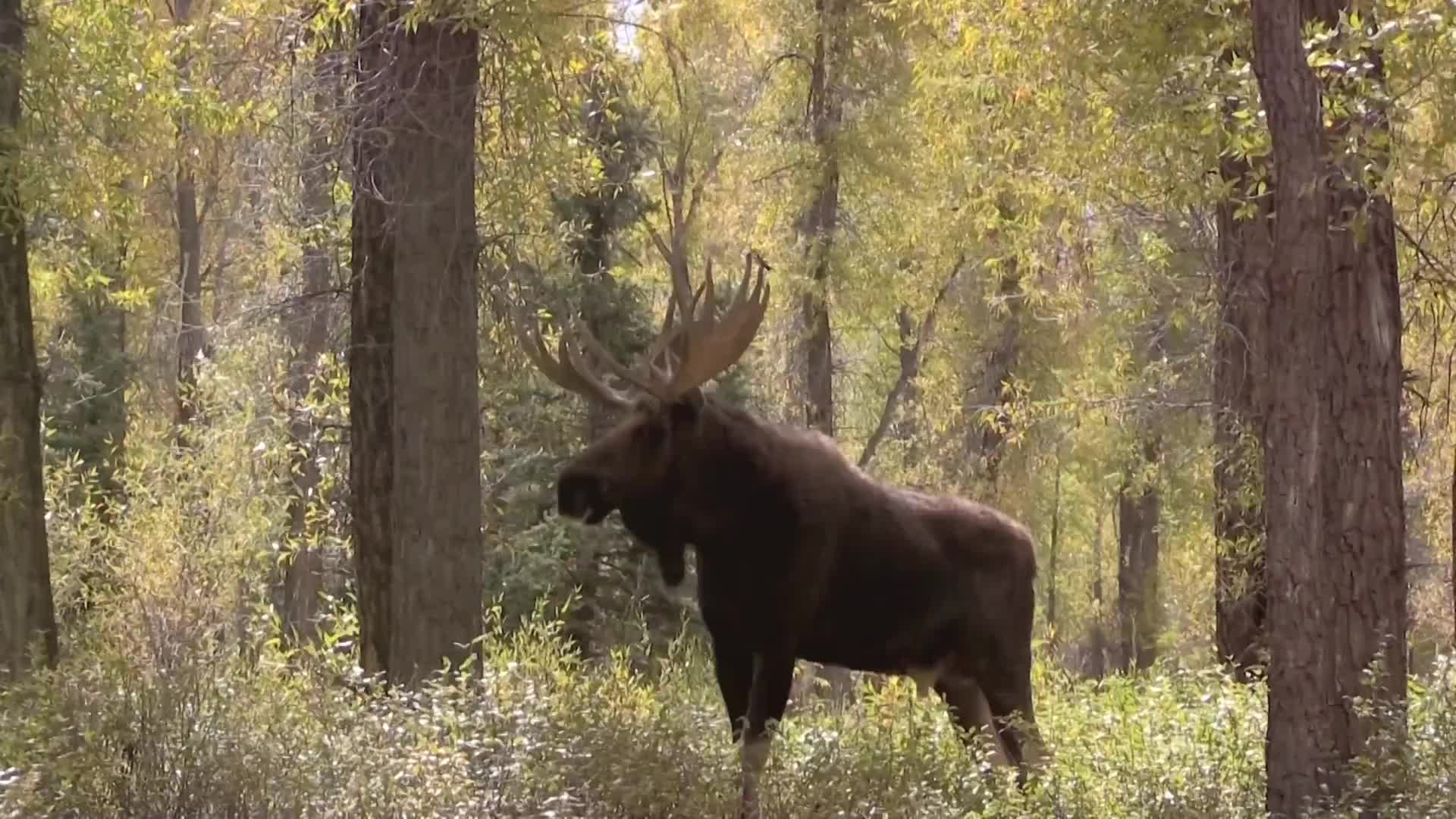The Majestic Moose: Fascinating Facts You Need to Know!

Hey there, fact hunters! Ever been so mesmerized by a creature’s sheer size and majesty that you just had to pause and stare? Well, let us introduce you to the moose! These extraordinary mammals are not just the largest members of the deer family; they’re a testament to the wonders of evolution, adaptation, and nature’s quirky designs. So, unleash your curiosity, as we delve deep into the remarkable world of moose, exploring their origins, awe-inspiring facts, and their vital role in ecosystems.
A Journey Through Time: The Moose’s Origin
Moose have a captivating history stretching back thousands of years. They are believed to have evolved over 2 million years ago in North America, making them ancient residents of this land. Closely related to other members of the Cervidae family, such as deer and elk, moose are nature’s giants equipped to thrive in harsh northern climates.
The word “moose” is derived from the Algonquian word “moz,” meaning “eater of twigs.” It perfectly captures these animals’ dietary preferences and their knack for nibbling on branches. Moose are mostly found in the chilly regions of Canada, Alaska, and northern United States, where they have perfected their lifestyle amidst the frosty surroundings.
Fun Facts About Moose
Let’s jump in and uncover some incredible facts about these gentle titans of the forest:
Impressive Size
Adult male moose, also called “bulls,” can weigh between 800 to 1,600 pounds and stand as tall as 6 feet at the shoulder! Their long legs enable them to move effortlessly through deep snow and dense forests.Unique Antlers
Moose are famous for their spectacular antlers, which can span an incredible 6 feet across. Annually, these are shed in winter and are regrown by spring, serving not only as tools for attracting mates but also for showcasing dominance during the mating season.Aquatic Nature
Surprisingly, moose are adept swimmers and often graze on aquatic vegetation. They can dive as deep as 18 feet underwater in search of food, making them unique among terrestrial mammals with their semi-aquatic habits.Solitary Animals
Unlike many deer species, moose cherish their alone time. They prefer solitude or small groups, except for mothers with calves who stay together until the young ones are ready to be independent.Vocal Communicators
Moose are quite vocal, using an assortment of grunts, snorts, and bellows. Males, especially during the rut (mating season), produce a distinctive call to woo females and warn off rivals—a memory you’d find hard to erase!
The Ecological Role of Moose
Moose contribute significantly to their ecosystems. As herbivores, they indulge in a variety of vegetation, including leaves, twigs, and aquatic plants, contributing to plant diversity and healthy ecological growth. Their grazing habits are essential, often creating open areas in forests that benefit other wildlife.
Predators such as wolves and bears consider moose a significant part of their diet, reinforcing the natural balance within these regions. This intricate web of interactions highlights how interconnected and dependent ecosystems truly are.
Speedy Giants: Fact or Fiction?
Do you think a moose can outrun a human? If your answer is a hesitant “no,” you’re in for a surprise. Moose can sprint up to 35 miles per hour. So, if one is ever chasing you—a pretty unlikely scenario—your best bet is to run and run fast!
Key Takeaways
Moose are the largest members of the deer family with ancient roots in North America.
They boast unique adaptations, such as large antlers and excellent swimming prowess.
Moose play a crucial role in maintaining the ecological balance in their habitats.
They prefer solitary lives, except for the bond between a mother and her calf.
FAQs
Q1: Do moose live in groups or alone?
A: Moose usually prefer solitude or small groups, particularly during mating season, with the exception being mothers who stay with their calves.
Q2: What does the word ‘moose’ mean?
A: ‘Moose’ comes from the Algonquian word “moz,” which means “eater of twigs.”
Q3: How fast can a moose run?
A: Moose can run at speeds of up to 35 miles per hour!
For more captivating insights into the animal kingdom, keep your explorer hats on and join the adventure with Fact Hunters. As you embark on your next outdoor trek, remember the fascinating world of moose waiting to be discovered!
Don’t forget to like, subscribe, and hit that notification bell for more amazing animal adventures. Explore nature’s wonders with us!
Check out this informative link on moose behavior and ecology from National Geographic